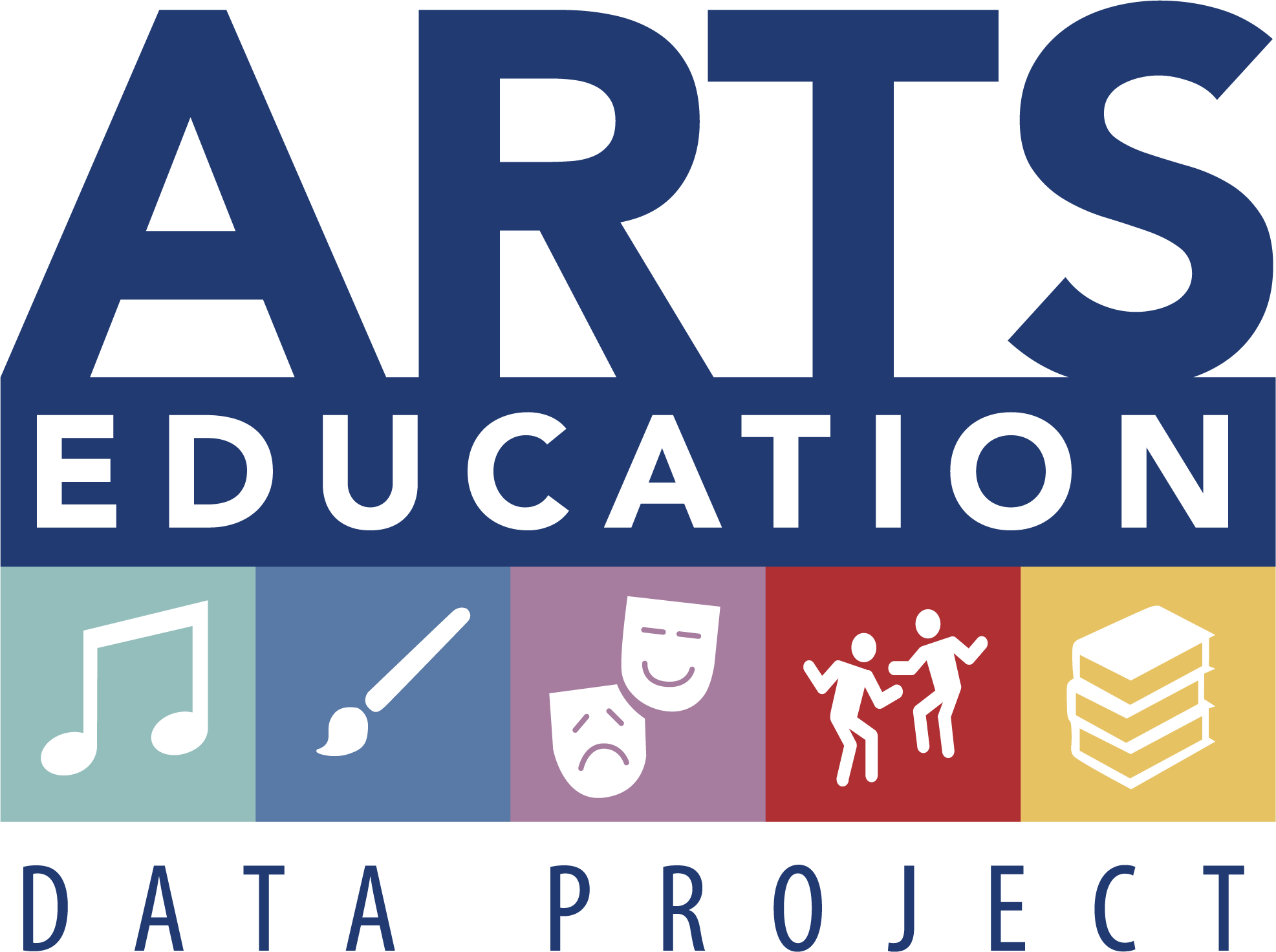Arts Education Data Project
With intuitive controls and myriad visualization options, the Arts Education Data Explorer allows users to venture deep into the state's arts education data, exploring statewide comparisons including county-, district-, and school-level reporting, discipline-specific access and enrollment information, and trends in enrollment over time.
Prepared by Quadrant Research, the Arts Education Data Project includes PK-12 enrollment data that has been self-reported by district and charter schools across the state. Data has been compared with the annual October 1 Data Collection to ensure the accuracy of reporting.
Please take a moment to view the 2022-2023 Highlights.
Explore the Arts Education Data Project Dashboard linked below to learn more about who has access and who enrolls in arts education courses in Arizona Schools. Watch the Demo Video linked in the Table of Contents (TOC) tab for guidance navigating the dashboard, or reference the Instructions and Info tab for additional support.
Arts Education Data Project Dashboard
Because the data used for the Arizona Arts Education Data Project were self-reported, it may not reflect a complete account of student enrollment or access. LEAs may refer to the LEA Reporting Toolkit for support in reporting accurate arts education data.
Annual Arts Education Course Data
The 2020-2021 dashboard update expanded to include Arts Enrollment by demographic, including ELL, FRLP, Gender, Race/Ethnicity, and SPED.
Key findings from the Arizona Arts Education Executive Summary for 2020-2021:
- 89% of students had access to at least 1 arts discipline
- 66% of students had access to the state-required 2 arts disciplines
- 60% of students participated in arts courses
- 10.5% of students did not have access to any arts instruction (an improvement from the year prior's rate of 11.6%)
Key findings from the Arizona Arts Education Executive Summary for 2018-2019 & 2019-2020:
- As of 2020 only 76% of K-8 students had access to two artistic disciplines as required in state statute.
- Arts course participation declined from 71% participation in 2018-2019 to 67% in 2019-2020.
- Students without access to arts education increased from 8.6% in 2018-2019 to 11.3% in 2019-2020.
Key findings from the Arizona Arts Education Executive Summary for 2017-2018:
- Access to arts instruction has increased to 88% since the previous published report.
- 71% of students in grades K-8 have access to both Music and Art.
- Participation in Art (45%) and Music (52%) were highest among the five artistic disciplines.
- Over 130,000 students did not have access to arts education.
2017-2018 Executive Summary Report
Arizonans Respond
According to Elisa Radcliffe, the Arts Commission’s Arts Learning Manager, “This tool provides a picture of where Arizona’s schools currently stand, allowing school leaders, parents, and advocates to ensure that every child in Arizona can participate in the arts.”
Among those taking a close look at the picture presented by the report is Joseph Benesh, Executive Director of Arizona Citizens for the Arts, a statewide advocacy network that partnered with AZ DOE and the Arts Commission to sponsor the research with funding from Americans for the Arts.
“Every study ever done reports the same data: children do better when the arts are a robust part of their education: they develop more self-confidence; they graduate at higher rates; they perform better in school and in life,” said Benesh, referring to data such as that reported by Americans for the Arts (Arts Students Outperform Non Arts Students on SATs) showing that students who took four years of arts and music classes while in high school scored an average of 92 points higher on their SATs than students who took only one-half year or less.
“I worry about the +/- 30% of our children who are missing out on those benefits. All of our children deserve better than a C grade in access to a well-rounded education,” said Benesh.
According to a survey conducted by Ipsos Public Affairs (New Survey Reports Arizonans’ Strong Opinions about Value of Arts) on behalf of Americans for the Arts in 2018, Arizonans feel very strongly about the value of arts education. 92% of Arizonans agree that the arts are part of a well-rounded education while 80% say the arts help students perform better academically.
Key findings from the Arizona Arts Education Executive Summary for 2015-2016:
- 82% of students have access to arts instruction.
- 65% of K-8 students had access to both music and art instruction.
- Over 180,000 students did not have access to arts instruction.
Arizona Arts Education Census Report
In the spring of 2009, Quadrant Arts Education Research, on behalf of the Arizona Arts Education Research Institute, began to study the level of arts education in Arizona public schools. Arizona K-12 public school principals were invited to participate in a survey about arts education in their schools. The census results represent 22% of all enrolled students from urban, suburban, rural and charter schools.
2010 Arizona Arts Education Census
■ Full Report ■ Summary ■ Highlights
2014 Arizona Arts Education Census Update
The Arizona Arts Education Data Project is a collaborative partnership between the Arizona Department of Education, Arizona Commision on the Arts and Arizona Citizens for the Arts.










